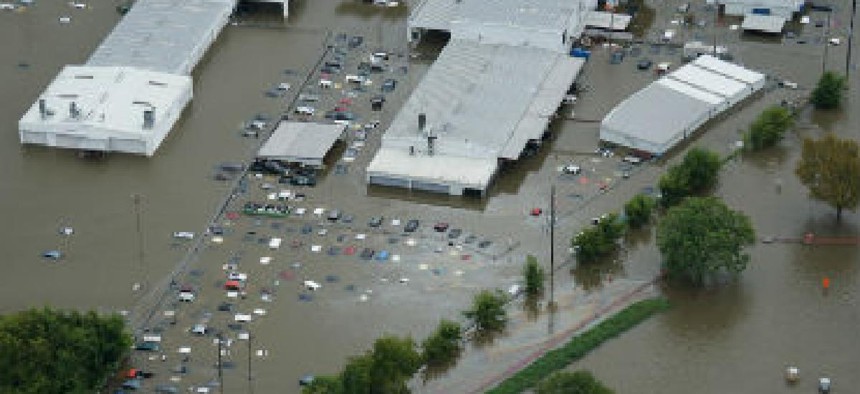Mapping destruction after Harvey and Irma

Analysis of high resolution satellite images yielded data that supported recovery efforts after Harvey and Irma.

In the soggy, debris-strewn wakes of Hurricanes Harvey and Irma this past September, Oak Ridge National Laboratory scientists helped make sense of some of the destruction for emergency responders.
The lab said its geospatial experts have developed a method that leverages satellite imaging data from extremely specific local areas to support of emergency response teams assessing properties damaged by the storms.
Harvey was particularly nasty, forcing 13,000 floodwater rescues across the state and displacing an estimated 30,000 people. The Texas Department of Public Safety said that more than 185,000 homes were damaged and 9,000 destroyed in that storm.
Oak Ridge scientists used their LandScan database that can track local human populations with geographic overlays of projected flooding areas to help recovery efforts.
As the storms approached, ORNL scientists leveraged machine-learning and supercomputing analysis to develop high-resolution imagery of buildings in areas likely to flood. The analysis graphically highlighted buildings and roadways on images of the hurricane zones that were projected to be affected by flooding. That information, said the lab, was useful to recovery efforts because actual flooding tends to obscure structures.
Mark Tuttle, an ORNL geography and computer mapping scientist told FCW in an email the images and data were used by federal and local emergency responders alike.
"The techniques and processes we are using are focused on rapid detection of structures under nearly any circumstances," said Tuttle. He explained that ahead of the storm's approach, researchers used the most recent images of the areas for their analysis.
For Harvey, the lab analyzed almost 2,000 images that spanned nearly 26,000 square miles of building structures in Texas' coastal counties in just 24 hours, a process that would typically take up to nine months.





